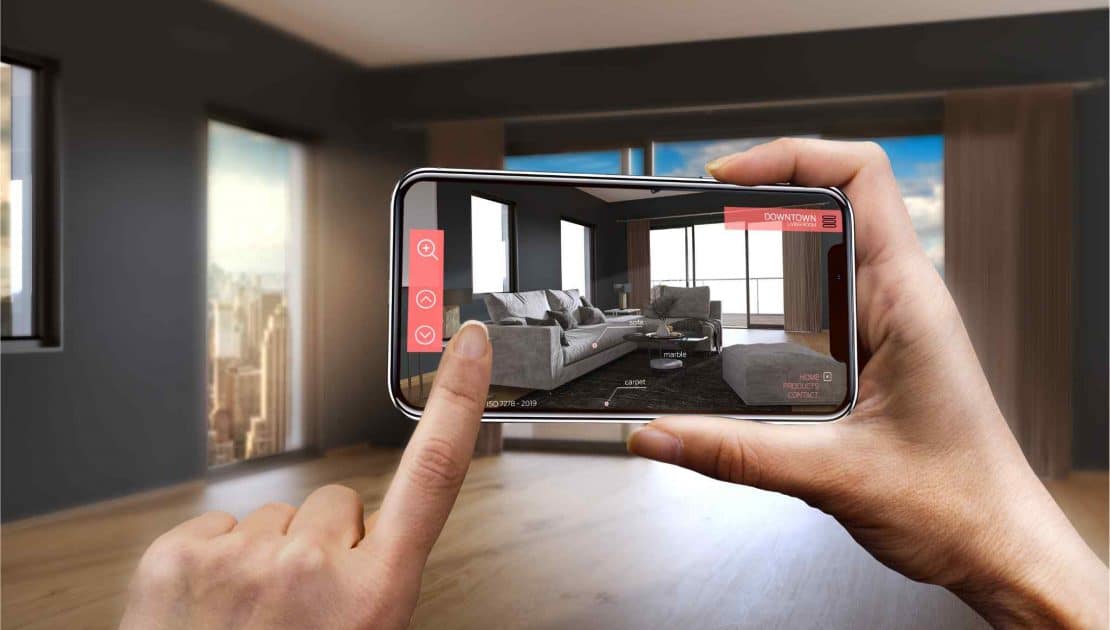Driven to Divide: Insights & Perspectives
Exploring the forces and ideas that shape our divided world.
Augmented Reality: The Future of Everyday Life
Discover how augmented reality will transform your daily life, enhancing everything from shopping to socializing. Embrace the future now!
How Augmented Reality is Transforming Urban Experiences
Augmented Reality (AR) is revolutionizing how we experience urban environments, enhancing our interaction with the cityscape. By overlaying digital information onto the physical world, AR applications empower residents and tourists alike to navigate urban spaces with greater ease and insight. For instance, location-based apps can provide real-time information about nearby points of interest, historical landmarks, or local establishments, transforming the mundane act of walking into an engaging exploration. With features like 3D visualizations and interactive guides, urban areas become immersive experiences, allowing users to connect with their surroundings on a deeper level.
Moreover, the integration of Augmented Reality into public art projects and urban planning is also notable. Cities are utilizing AR to create dynamic public installations that change based on viewer interaction, essentially allowing citizens to engage with art in a unique way. Additionally, urban planners are leveraging AR technologies to visualize future developments and urban transformations, enabling community members to participate in the planning process. As AR continues to evolve, it promises to redefine urban experiences, making cities not just places to live but vibrant interactive ecosystems.

10 Ways Augmented Reality Will Change Your Daily Routine
As technology continues to advance, augmented reality (AR) is set to revolutionize our daily routines in numerous ways. From enhancing our shopping experiences to improving productivity at work, the potential of AR is vast and varied. Here are 10 ways augmented reality will change your daily life:
- Interactive Shopping: Imagine trying on clothes virtually before purchasing them. AR applications allow customers to see how different outfits fit without stepping foot in a store.
- Enhanced Navigation: AR can overlay directions right onto your view, making it easier to find your way around unfamiliar areas.
- Personalized Learning: Educational tools using AR can provide interactive lessons, allowing students to visualize complex concepts.
- Virtual Fitness Coach: Fitness apps can use AR to guide users through workouts, offering real-time feedback on form and technique.
- Home Design: Visualize furniture and decor in your home before making a purchase, ensuring perfect fits and aesthetics.
- Maintenance Assistance: AR can provide step-by-step guidance on home repairs, helping users to complete tasks more effectively.
- Remote Collaboration: Teams can use AR to visualize projects together, enhancing communication and productivity.
- Social Interaction: Share experiences with friends through AR games and activities, bridging gaps despite physical distance.
- Personal Health Monitoring: AR can assist in tracking personal health metrics by overlaying data on your physical environment.
- Travel Enhancements: Tourists can use AR to explore historical sites with engaging, informative overlays, enriching their travel experiences.
What is Augmented Reality and How Will It Impact Your Life?
Augmented Reality (AR) is a cutting-edge technology that enhances our perception of the real world by overlaying digital information onto our physical environment. This is achieved through devices such as smartphones, tablets, and AR glasses, which display images, sounds, and other sensory stimuli that interact with the real world. For example, AR can allow users to see 3D models of furniture in their homes before making a purchase, or even enable navigational aids that provide real-time direction overlays based on their surroundings. As AR technology continues to evolve, it has the potential to transform various industries including gaming, education, healthcare, and retail by providing immersive and interactive experiences.
The impact of Augmented Reality on our daily lives is poised to be profound. It can improve learning outcomes by making complex information more accessible and engaging through interactive visualizations. In healthcare, AR applications can assist surgeons during operations by projecting critical data and images directly onto their field of vision, enhancing precision and reducing risks. Moreover, in the realm of entertainment, AR is revolutionizing how we consume media, merging interactive storytelling with our physical environment. As AR becomes more integrated into our everyday activities, it will undoubtedly change how we interact with the world, making our experiences richer and more interconnected.